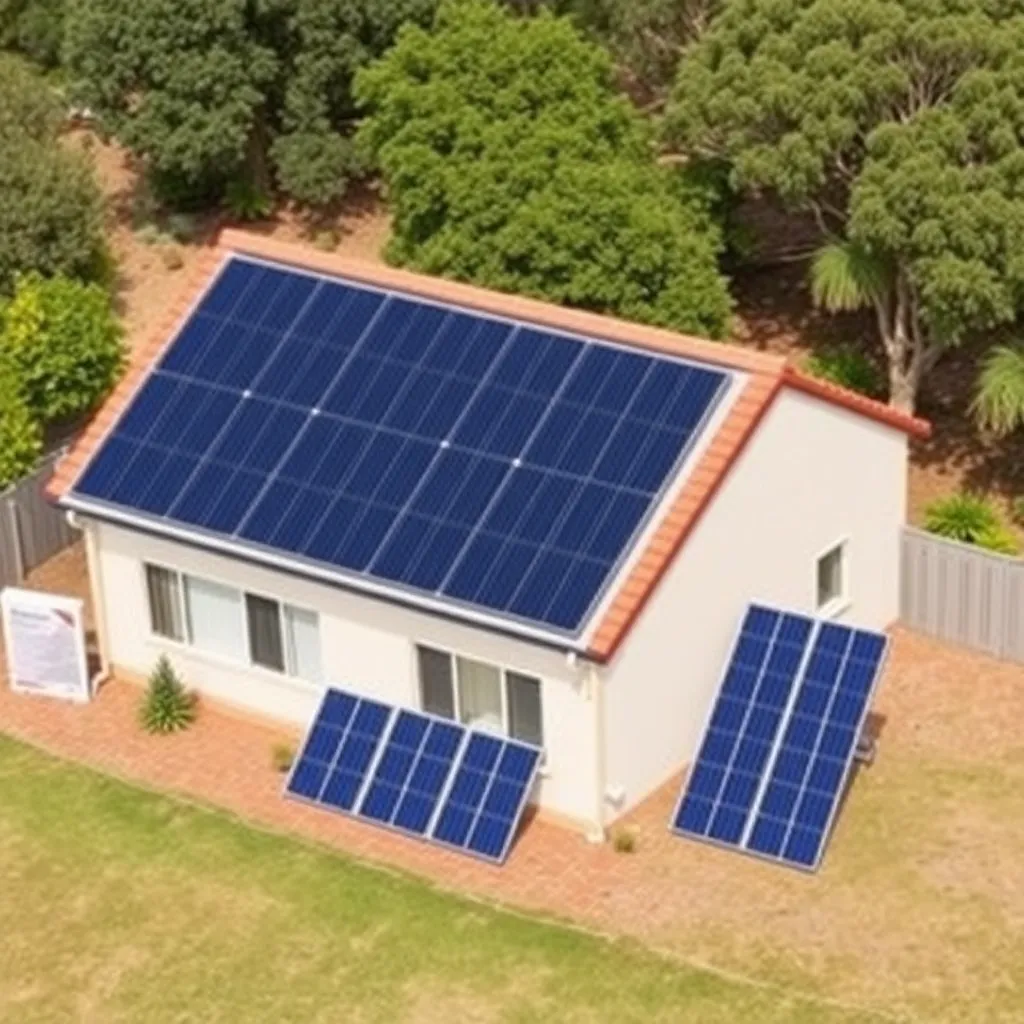How a 6.6kW Solar System Can Reduce Your Energy Bills in WA
Rising electricity costs in Western Australia have homeowners searching for relief, and a 6.6kW solar system offers a proven solution. Harnessing the state’s plentiful sunshine, this system size delivers substantial savings by slashing grid dependency. Curious how it works? Resources like 6.6kW Solar System WA break down the benefits, showing why it’s a game-changer for your wallet.
A 6.6kW system generates an average of 24-27kWh daily, enough to power a typical household’s needs—think fridges, air conditioners, and lights. By consuming this energy directly, you dodge peak tariff rates, which can hit 30 cents per kWh or more. Expert Solar Installers WA can position your panels for maximum output, ensuring you capture every ray of WA’s sun-soaked climate.
What about excess power? When your system produces more than you use, it feeds back to the grid, earning you credits via feed-in tariffs—often around 8-15 cents per kWh in WA. While not a jackpot, it chips away at bills, especially during summer when production peaks. For seamless integration, Solar Panel Installation Western Australia ensures your setup complies with local grid rules, optimizing savings.
Self-consumption is key to maximizing returns. Timing heavy appliance use—like laundry or pool pumps—for daylight hours boosts your savings. A 6.6kW system, installed by Solar Installer Western Australia, can cut annual bills by $1,000-$1,500, depending on usage patterns. Add STCs, and the initial cost drops, shortening the payback period to 3-4 years.
Beyond immediate savings, solar protects against future rate hikes, offering long-term financial stability. In Western Australia’s sunny expanse, a 6.6kW system isn’t just an expense—it’s an investment that pays dividends, month after month, in reduced energy bills.
As energy prices continue to rise, many homeowners in Western Australia are seeking ways to reduce their electricity bills. One of the most effective solutions is the installation of a 6.6kW solar system. This system not only provides significant savings on energy costs but also contributes to a more sustainable future. In this article, we will explore how a 6.6kW solar system can help reduce energy bills, the benefits it offers, and the factors to consider when making the switch to solar energy.
Understanding the 6.6kW Solar System
A 6.6kW solar system consists of solar panels that convert sunlight into electricity. This system size is particularly popular among Australian homeowners, as it is the maximum capacity allowed for a single-phase connection without requiring additional approvals. On average, a 6.6kW system can generate between 20 to 30 kilowatt-hours (kWh) of electricity per day, depending on factors such as location, orientation, and shading.
Cost Savings
One of the most compelling reasons to invest in a 6.6kW solar system is the potential for substantial cost savings on energy bills. Homeowners can expect to reduce their electricity costs by 30% or more, translating to savings of approximately $2,000 per year. Over the lifespan of the system, which typically ranges from 25 to 30 years, total savings can reach between $50,000 to $70,000. This financial benefit is particularly significant in Western Australia, where electricity prices are among the highest in the country.
Energy Production and Consumption
The energy produced by a 6.6kW solar system can significantly offset a household’s energy consumption. In Western Australia, the abundant sunshine allows solar systems to operate at peak efficiency, especially during the summer months. Homeowners can use the electricity generated during the day to power their appliances, reducing their reliance on grid electricity. This is particularly beneficial for households with high energy consumption, such as those with air conditioning or electric heating.
Environmental Impact
Switching to solar energy not only benefits homeowners financially but also has a positive impact on the environment. By generating clean, renewable energy, homeowners can reduce their carbon footprint and contribute to the fight against climate change. Solar energy is a sustainable alternative to fossil fuels, and by adopting solar technology, individuals play a crucial role in promoting a cleaner, greener future.
Government Incentives
To encourage the adoption of solar energy, the Australian government offers various incentives and rebates for homeowners who install solar systems. These programs can significantly reduce the upfront costs associated with purchasing and installing a 6.6kW solar system. By taking advantage of these incentives, homeowners can make the transition to solar energy more affordable and accessible.
Increased Property Value
Investing in a 6.6kW solar system can also enhance the value of a property. Homes equipped with solar panels are often more attractive to potential buyers, as they offer lower energy costs and a reduced environmental impact. Studies have shown that properties with solar installations can sell for more than those without, making solar energy a smart investment for homeowners looking to increase their property value.
Energy Independence
One of the key advantages of installing a solar system is the increased energy independence it provides. By generating their own electricity, homeowners can reduce their vulnerability to fluctuating energy prices and supply disruptions. This self-sufficiency not only offers peace of mind but also allows homeowners to take control of their energy consumption and costs.
Installation Process
The installation of a 6.6kW solar system is a straightforward process that typically begins with an initial consultation and site evaluation. Solar providers assess the property to determine the best system layout and design, taking into account factors such as roof orientation, shading, and energy consumption patterns. Once the design is finalized, professional installation is carried out with minimal disruption to the homeowner’s daily life.
Monitoring and Maintenance
To ensure optimal performance and longevity, many solar providers offer monitoring services that allow homeowners to track their system’s energy production. Regular maintenance checks are also recommended to keep the system operating at peak efficiency. This proactive approach helps identify any potential issues early on, ensuring that the solar system continues to deliver significant savings on energy bills.






